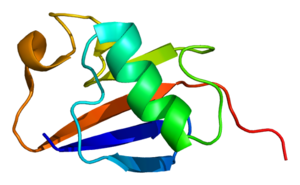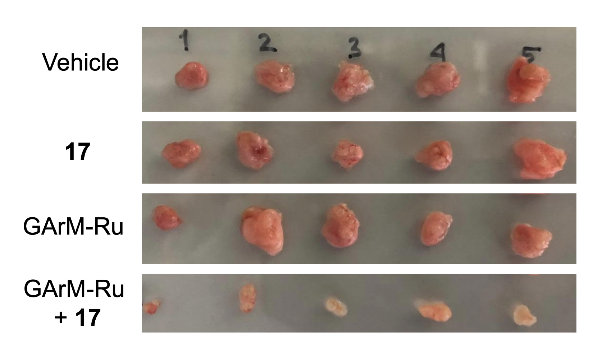This breakthrough offers real hope for developing treatments that tackle the root causes of Parkinson’s
The findings have been unveiled following a decade of dedicated research at the Medical Research Council (MRC) Protein Phosphorylation Unit at the university.
The scientists have discovered a molecular ”on-off” switch for Parkinson‘s that acts to protect the brain from developing the killer disease.
The research has helped scientists understand how genetic mutations in a gene called PINK1 lead to Parkinson’s in patients as young as eight and could eventually lead to new ways to diagnose and treat the condition.
The breakthrough has come after a decade of intensive research at the MRC into the PINK1 enzyme (which is made by the PINK1 gene). Scientists already knew that the job of some proteins inside cells is to switch other important proteins on or off. Understanding how these proteins work and which proteins they target could be the key to why nerve cells die in Parkinson’s, and how they can be saved.
Now the Dundee team has found that PINK1 switches on a protein called Parkin, whose main job is to keep cells healthy by removing damaged proteins. Mutations in the gene that makes Parkin can also cause inherited forms of Parkinson’s in younger patients.
The team was led jointly by Dr Miratul Muqit and Professor Dario Alessi at the MRC.
”Parkinson’s is a devastating degenerative brain disorder and currently we have no drugs in the clinic that can cure or slow the disease down,” said Dr Muqit, a Wellcome Trust clinician scientist in the Dundee unit.
”Over the last decade many genes have been linked to Parkinson’s but a major roadblock has been determining the function of these genes in the brain and how the mutations lead to brain degeneration.
”Our work suggests this pathway can’t be switched on in Parkinson’s patients with genetic mutations in PINK1 or Parkin. More research will be needed to see whether this also happens in Parkinson’s patients who do not carry these mutations.”
Professor Alessi, director of the MRC Protein Phosphorylation Unit, said: ”Now that we have identified this pathway, the key next step will be to identify the nature of these damaged proteins that are normally removed by Parkin.
”Although further studies are required, our findings also suggest that drugs that switch this pathway on could be used to treat Parkinson’s.”
via The Courier
The Latest Streaming News: Parkinson’s Disease updated minute-by-minute









